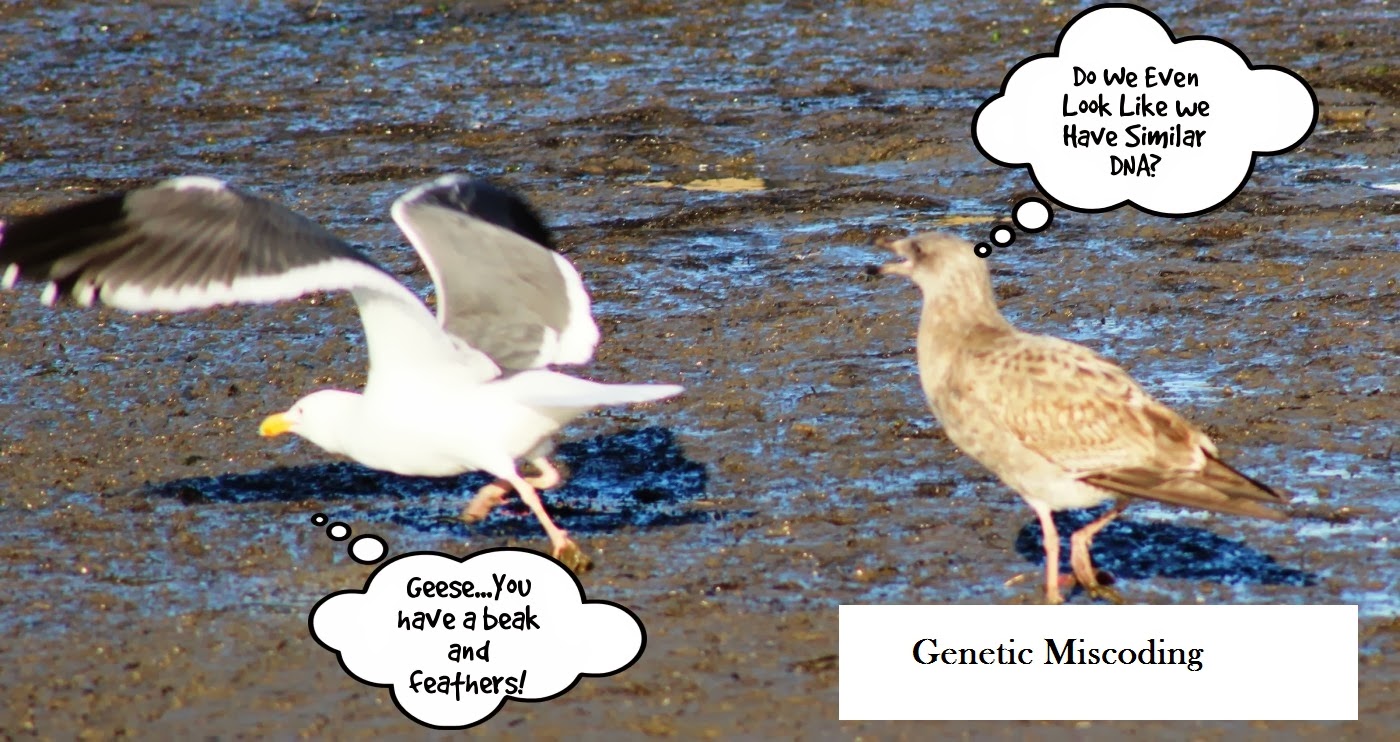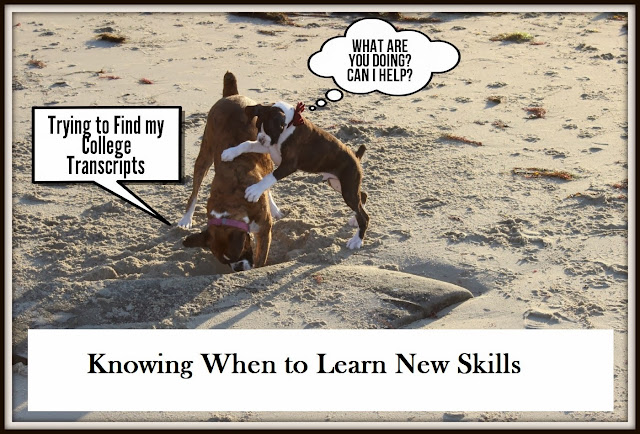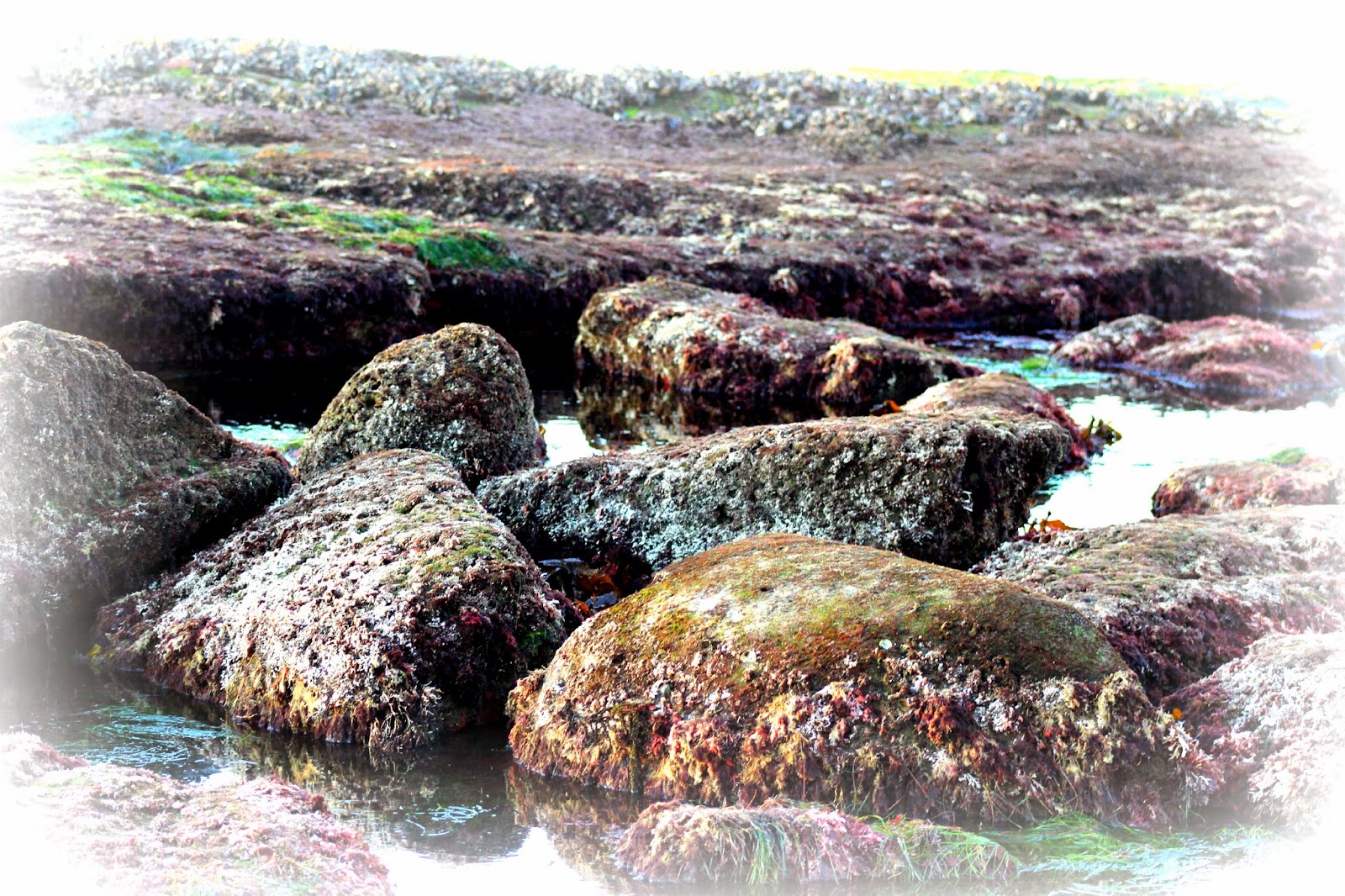Academic potential, creativity and specific areas of
strength generally characterize gifted abilities. However, those areas of
excelling outside of the academic arena are also part of gifted traits. A paper
by Lister and Roberts (2011), discusses the self-concept of giftedness and how
this often lacks a proper perspective of physical abilities and attractiveness.
Their meta-analysis includes 40 studies conducted between 1978 and 2004 to come to
their conclusions on how gifted individuals view themselves.
Self-concepts are an important aspect of
performance. Self-conception can be defined as “the image we hold of ourselves (Hoge and Renzulli, 1993) while
self-conception refers to, “our
attitudes, feelings and knowledge about our abilities, skills, appearance, and
social acceptability” (Byrne, 1984, p. 429). Self-concept and
self-conception develop over a person’s lifetime based upon the cues from the
environment, others, and themselves. It
is a process of comparing oneself to others and coming to conclusions.
Most research on giftedness has focused exclusively
on intelligence. One of the reasons is that having giftedness if often defined
as the top 1% of intellectual ability measured on the Stanford-Binet Intelligence
Scale (Terman, 1926). Despite this
narrow definition, the general definition that has gained popularity which
includes IQ, artistic abilities, athletic skill, or leadership. Defining it as
intellectual ability, creativity and task commitment incorporates more traits
than intelligence alone (Renzulli, 1978).
Having high ability changes one’s perception of
self. Being more intelligent or having skill in certain areas does not always
bring benefits. At times, it can bring difficulties dealing with others who
lack the same level of understanding or those who desire to show their own
worth at the expense of others. As comparison is a natural occurrence, the
gifted often get the bulk of the comparison comments or actions.
The researchers found that gifted students perceive
their abilities as higher than non-gifted peers do. This growth in perception
rises throughout one’s life as they learn about themselves and others. They
also rated higher in intelligence, behavioral, and global perceptions. They
ranked themselves lower on physical appearance and athletic abilities. The
authors contend that the ratings are based within those activities the gifted
student engages and how they compared their abilities to others. As they master
certain fields, their rating and self-concept go up but believe they suffer in
physical prowess even though this is also a gifted trait not often recognized
by others.
Byrne, B. M. (1984) ‘The
general/academic self-concept nomological network: a review of construct
validation research.’ Review of
Educational Research, 54, pp. 427–56.
Hoge,
R. D. & Renzulli, J. S. (1993) ‘Exploring the link between giftedness and
self-concept.’ Review of Educational
Research, 63, pp. 449–65.
Lister, K. & Roberts. J. (2011) The
self-concepts and perceived competencies of gifted and non-gifted students: a
meta-analysis. Journal of Research in Special
Educational Needs , 11 (2).
Renzulli, J. S. (1978) ‘What makes
giftedness? Reexamining a definition.’ Phi Delta Kappan, 60, pp. 180–4.
Terman, L. (1926) Genius Studies of Genius: Mental and Physical
Traits of a Thousand Gifted Children. Stanford, CA: Stanford University
Press.


